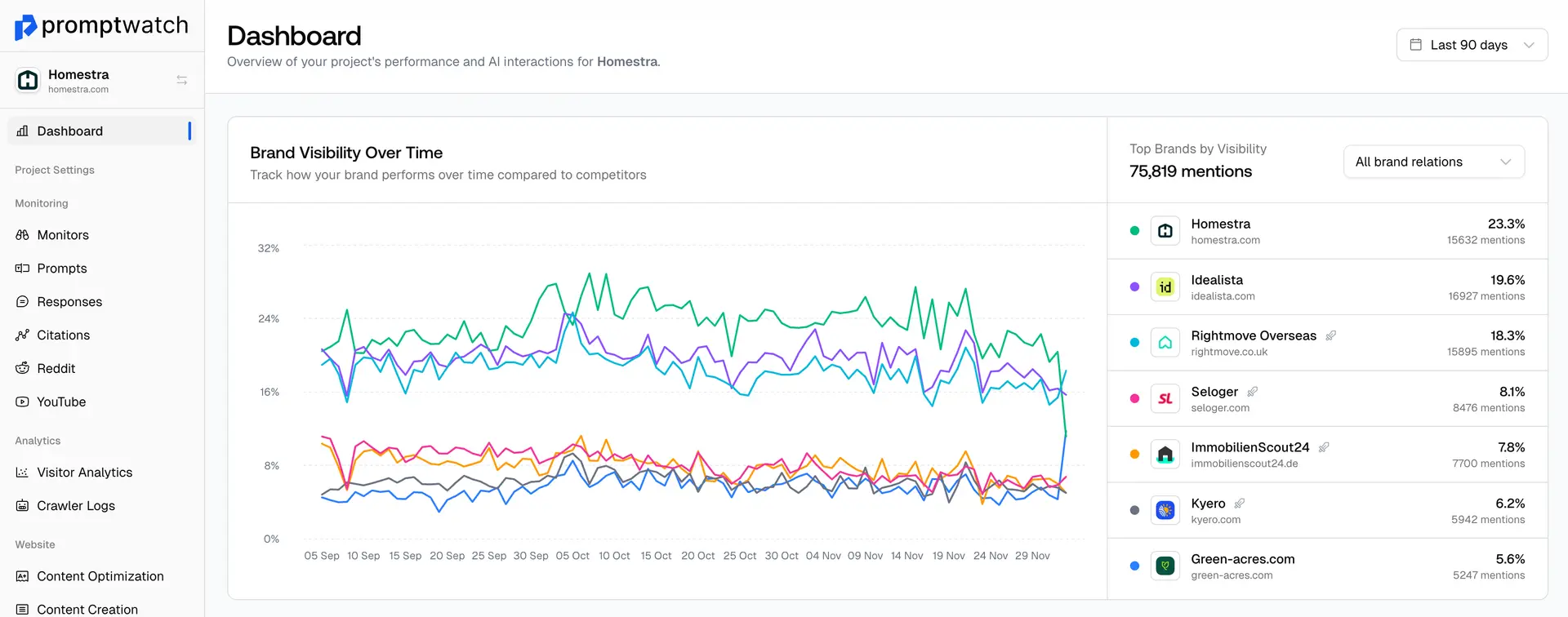Definition
Citation Probability refers to the statistical likelihood that an AI system will cite, reference, or mention specific content, brands, or sources when generating responses to relevant queries. This predictive metric helps businesses understand and optimize their chances of being featured in AI-generated content across platforms like ChatGPT, Perplexity, Claude, and Google AI Overviews.
Citation probability is influenced by multiple factors that AI systems use to evaluate source credibility and relevance: content authority and expertise signals, structured data and schema markup implementation, citation-worthy elements like statistics, expert quotes, and data, domain authority and trust signals, content freshness and regular updates, alignment with user query intent, and presence in high-authority publications and directories.
Unlike traditional SEO probability metrics that focus on ranking positions, citation probability specifically measures the chance of being selected as a trusted source by AI algorithms. This is particularly important because AI systems don't just return lists of links—they make editorial decisions about which sources to trust and cite.
Businesses can improve their citation probability through strategic content optimization including creating comprehensive, well-sourced content with clear attribution, implementing proper schema markup for better AI understanding, building topical authority through consistent expert-level content, earning high-quality backlinks from authoritative sources, optimizing content structure for easy AI extraction, and maintaining content accuracy and freshness.
Measuring citation probability requires systematic testing across different AI platforms and query types, tracking how frequently content appears in responses, and analyzing the contexts in which citations occur. This data helps refine GEO strategies to maximize the likelihood of AI citation.
Examples of Citation Probability
- A research institution optimizing their citation probability by adding more statistical data and expert quotes to their publications
- A business consulting firm tracking citation probability across different industry topics to focus their content strategy
- An e-commerce brand improving citation probability by implementing product schema markup and earning authoritative backlinks
